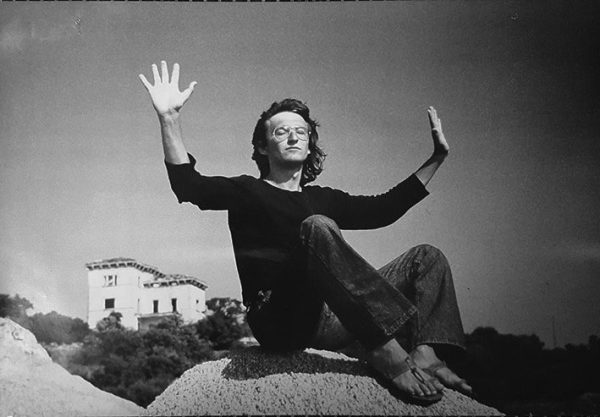Bert Theis (1952-2016) was a Luxembourg-based artist known for his conceptual approach and commitment to social and environmental issues. His artistic practice focused on public interventions and site-specific installations, often aimed at redefining urban space and fostering dialogue between art and community.
In 1998, Bert Theis collaborated with the Associazione Arte Continua on the occasion of Art to Art. His project The fingers of the hand, realised in Volterra, represented a poetic and symbolic reflection on the link between man, landscape and the history of the territory. The installation, deeply linked to the local context, was an emblematic example of Theis's ability to create works that dialogue with places and people, provoking profound reflections.
Through his work, Bert Theis has left an indelible mark on the contemporary art scene, always keeping the relationship between creativity, community and public space at the centre of his research.
He was born in 1952 in Luxembourg, died there in 2016, and lived and worked in Milan.
Bert Theis was an artist and activist who often revolved around issues of ecological politics, urbanisation and gentrification in his work. His international fame came at the 1995 Venice Biennale, where he represented Luxembourg. Theis was best known for his large site-specific urban installations in densely populated areas based on public platforms and pavilions in parks. He organised and directed two long-term projects - Isola Art Center and Out-Office for Urban Transformation - around the conflict between the inhabitants of the Isola district, the City of Milan and an American multinational company. "I am a platform builder. I usually build platforms out of white painted wood, the best known is probably the 'Philosophical Platform' for sculpture projects in Münster, 1997. My platforms, (and pavilions, which I consider covered platforms) are social spaces, where all kinds of activities can happen freely. "(Bert Theis)
taken from berttheis.com

